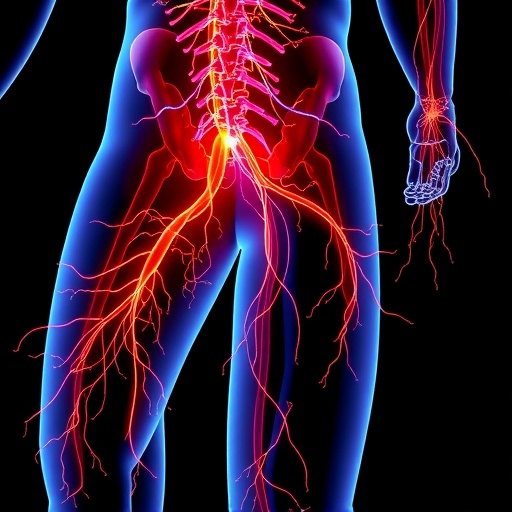On-board first-aid kits lack pediatric treatments for the most common maladies
DURHAM, N.C. — Children afflicted with medical emergencies during commercial airline trips tend to have common ailments such as vomiting, fever or allergic reactions – events that should be easily treated, according to a study led by Duke Health researchers.
But few airlines stock first-aid kits with pediatric versions of therapies that would help, including liquid forms of pain relievers or allergy medications.
“Children represent almost 16% of emergency medical events on airlines, so these incidences are not rare,” said Alexandre Rotta, chief of the Division of Pediatric Critical Care Medicine at Duke University School of Medicine and lead author of a study published Thursday in the Annals of Emergency Medicine.
“Both airlines and parents should be aware of the most common illnesses and be prepared to deal with them,” he said. “Our study provides this much-needed information.”
The study is a first-ever detailing of more than 11,000 instances on 77 international airlines in which children required emergency medical attention, covering a period between January 2015 and October 2016.
Most of the incidents involving children were handled by flight crew members (86.6%), but in nearly 9% of cases, doctors who were on board as passengers were asked to lend their assistance. About 16% of total cases resulted in a child needing additional care upon landing, and only 0.5% of flights were diverted to a nearby airport to get immediate care.
The most common medical events among children were the same conditions that drive pediatric emergency room visits, including nausea and vomiting (33.9%), fever or chills (22.2%), acute allergic reaction (5.5%), abdominal pain (4.7%) and stomach flu (4.5%).
But unless parents had stocked their carry-on bags with therapies, the likelihood was slim that the airline would have a remedy on hand that was appropriate for a child. The Federal Aviation Administration requires U.S. airlines to have well-stocked first-aid kits that include asthma inhalers, antihistamines and aspirin. But the medications are in pill form, which many youngsters can’t swallow, and/or in adult dosages.
In 2018, Congress passed a law directing the FAA to assess whether on-board first-aid kits have the minimum contents to meet the needs of children. Rotta, who is himself a pilot and who has frequently assisted children and adults during in-flight emergencies, said the research team’s analysis should provide a shopping list for stocking airline first-aid kits.
“This is needed information to help inform discussion and policies affecting children on airlines and what should be included in the on-board medical kits,” Rotta said. “But for right now, if you are a parent traveling with a child, we recommend you carry on the medications you think your child might need.”
###
In addition to Rotta, study authors include Paulo M. Alves, Neil Nerwich and Steven Shein.
Media Contact
Sarah Avery
[email protected]




